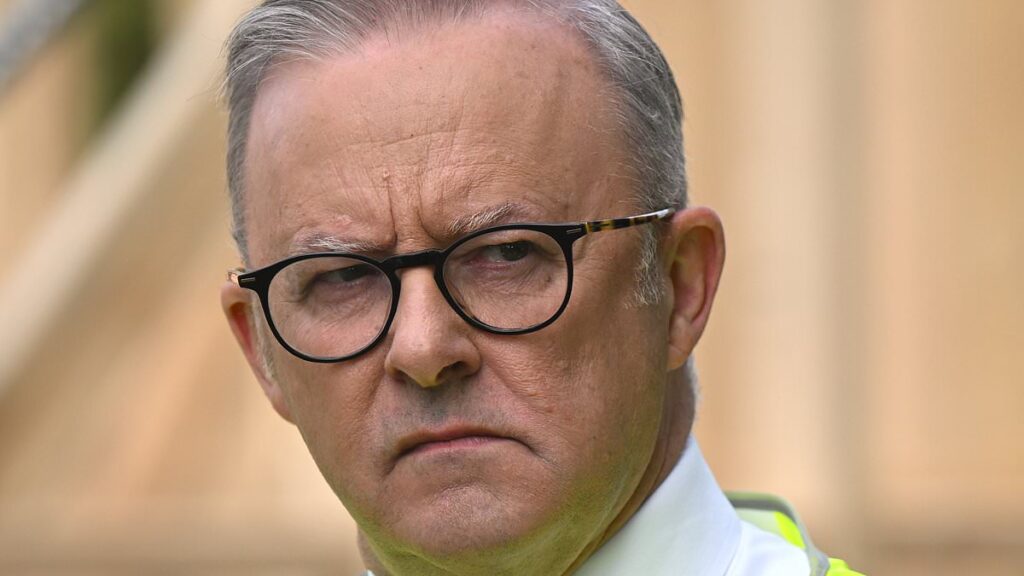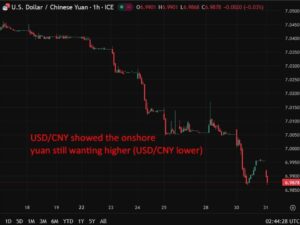
Australia’s housing crisis has reached a critical point, with reports of nurses living in cars and thousands of mothers and children without stable accommodation. Prime Minister Anthony Albanese’s promise to resolve the housing shortage has yet to materialize, as the nation grapples with some of the world’s most expensive real estate, record-low rental availability, and unprecedented homelessness levels.
Data from Homelessness Australia indicates a 10% increase in the number of people accessing their services monthly since the Albanese government assumed office in May 2022. The situation is particularly dire for women and girls, with a 14% increase in their numbers. Meanwhile, a surge in immigration has exacerbated the housing market’s strain, with 1.1 million permanent and long-term arrivals, including international students and skilled workers, recorded in the year leading to May.
Immigration and Housing Market Strain
Major cities like Sydney, Melbourne, Perth, and Brisbane, which have absorbed the bulk of these arrivals, are experiencing fierce competition for rentals, driving up rents and house prices. Bob Birrell, President of the Australian Population Research Institute, attributes the housing crisis to record levels of overseas migration, which he argues is pushing working Australians out of the market.
“The Albanese government is completely irresponsible on this issue,” Birrell stated. “They’ve neglected it ever since they got back into power in 2022, allowing immigration to surge unchecked.”
Freelancer CEO Matt Barrie echoed these sentiments, highlighting the grim reality that the dream of home ownership is now out of reach for many Australians. He criticized the government’s immigration policies, noting that the influx of migrants has not been matched by an increase in tradespeople, particularly in the struggling building industry.
Government Response and Criticism
Prime Minister Albanese defended his administration, stating that the Labor Party inherited a decade of neglect from the Liberal Party. However, opposition voices, such as One Nation Senator Pauline Hanson, argue that Australian cities are overpopulated, housing is unaffordable, and services are stretched to their limits. Hanson advocates for a reduction in both permanent and temporary migration to sustainable levels.
During a recent parliamentary session, Albanese faced pressure from Opposition leader Sussan Ley to abandon his current policies. Meanwhile, Everybody’s Home spokeswoman Maiy Azize warned that the government risks being remembered for failing to address the housing crisis effectively.
“This is a national crisis that is now pricing out everyday people right across the country,” Azize said. “The government can’t ignore the increasing number of Australians who are sleeping on streets and couches.”
Social Housing and Future Prospects
Azize emphasized the need for increased social housing, pointing out that it has declined to around 4% of all homes, down from 4.7% in 2013. To reach a target of 6% social housing, Australia must build over 36,000 additional social housing dwellings annually for the next decade.
“If we want one in ten homes to be social housing, we need to build an extra 54,000 social homes every year for 20 years,” she added.
Homelessness Australia CEO Kate Colvin also highlighted the rising rents as a key factor in the crisis, noting that many families are just one health tragedy away from losing their homes. She stressed the disproportionate impact on women and girls, particularly those fleeing domestic violence.
Government Initiatives and Challenges Ahead
In response to the crisis, Housing and Homelessness Minister Clare O’Neil announced over $1.2 billion in investments for crisis and transitional housing. The government has also appointed Josh Burns as a special envoy for social housing and homelessness to address the complex challenges affecting various communities.
As the Albanese government navigates these challenges, the pressure mounts to deliver tangible solutions. The housing crisis remains a pressing issue, with significant implications for Australia’s social fabric and economic stability. The coming months will be crucial in determining whether the government’s policies can effectively address the needs of its citizens and provide a sustainable path forward.







